This unseasonal photo is a ploy to get you to learn ‘the rest of the story’ about this secret garden. The garden itself isn’t a secret to folks who go for a walk at Grantham’s Brookside Park this time of year. For some reason, I mostly visit the park on brisk winter days with the rushing water partially covered by snow as shown in the picture above. It’s one of my go-to short walks when I need a little grounding.
During yesterday’s warm and sunny summer day, I strolled along the brook and then I took a path to a clearing and came upon a delightful garden full of Sweet Williams. These flowers were not escapees that happened to grow there. Someone took some time, efforts, cash, and a lot of TLC.
If you haven’t seen the garden, I encourage you to stop at Brookside Park on old Rte. 10 north of Rumbrook. Cross the wonderful volunteer-constructed bridge to the trail. The beginning of the trail looks wheel-chair accessible and do-able for folks with canes or walkers. Here’s another little tidbit you might not have known about Brookside Park: Emil Hanslin, the creator of the Master Plan for Eastman back in the late 60s, donated the land to the town of Grantham in 1984 along with his son Tony.
I looked around for clues for the secret gardener's identity. There were notes posted on a nearby information kiosk thanking some men for mending its roof and for bags of manure and as well as thanking Dunkin’ Donuts for bags of coffee grounds. If you or someone you know planted this garden, please reply in the comments and let us all know. Or if you’d prefer, you can keep it a secret.
During yesterday’s warm and sunny summer day, I strolled along the brook and then I took a path to a clearing and came upon a delightful garden full of Sweet Williams. These flowers were not escapees that happened to grow there. Someone took some time, efforts, cash, and a lot of TLC.
If you haven’t seen the garden, I encourage you to stop at Brookside Park on old Rte. 10 north of Rumbrook. Cross the wonderful volunteer-constructed bridge to the trail. The beginning of the trail looks wheel-chair accessible and do-able for folks with canes or walkers. Here’s another little tidbit you might not have known about Brookside Park: Emil Hanslin, the creator of the Master Plan for Eastman back in the late 60s, donated the land to the town of Grantham in 1984 along with his son Tony.
I looked around for clues for the secret gardener's identity. There were notes posted on a nearby information kiosk thanking some men for mending its roof and for bags of manure and as well as thanking Dunkin’ Donuts for bags of coffee grounds. If you or someone you know planted this garden, please reply in the comments and let us all know. Or if you’d prefer, you can keep it a secret.
*Used coffee grounds add organic material to the soil which improved drainage, water retention, and aeration. The grounds also help microorganisms beneficial to plant growth as well as attract earthworm who enjoy a little caffeine pick-me-up.

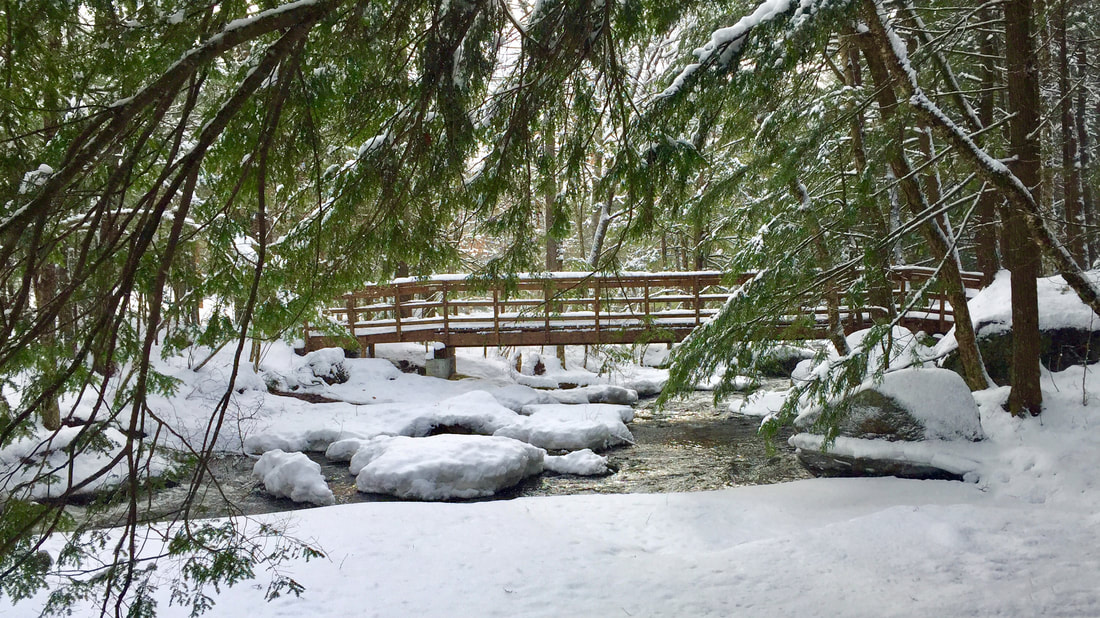
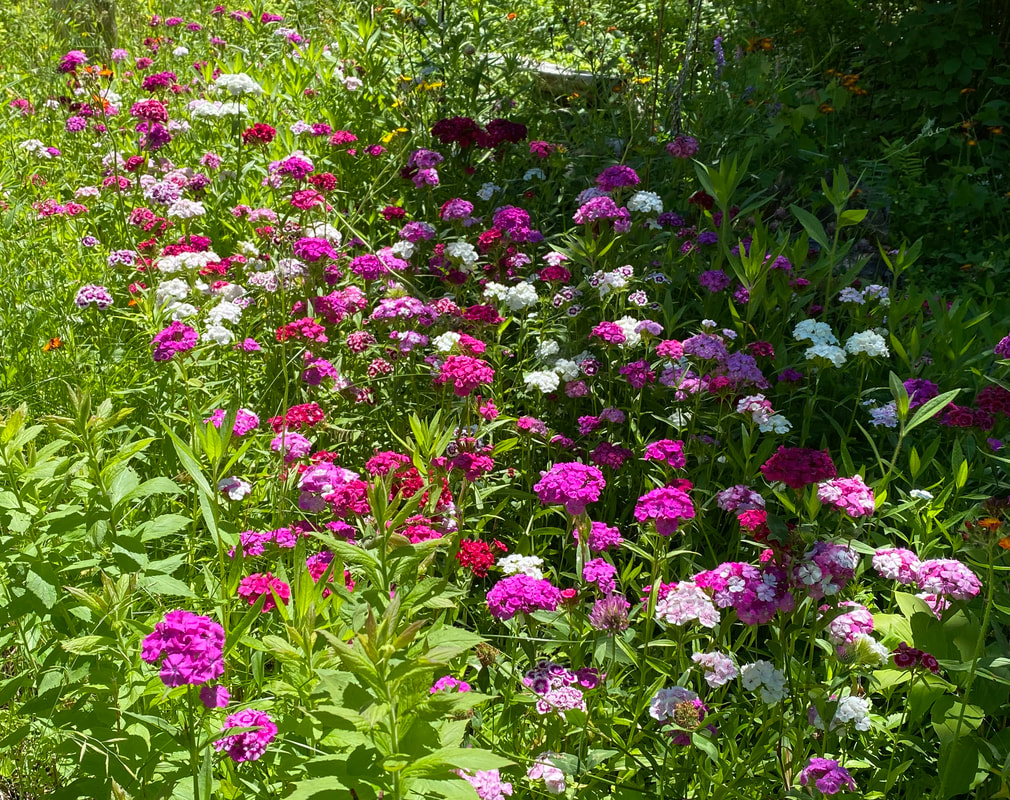
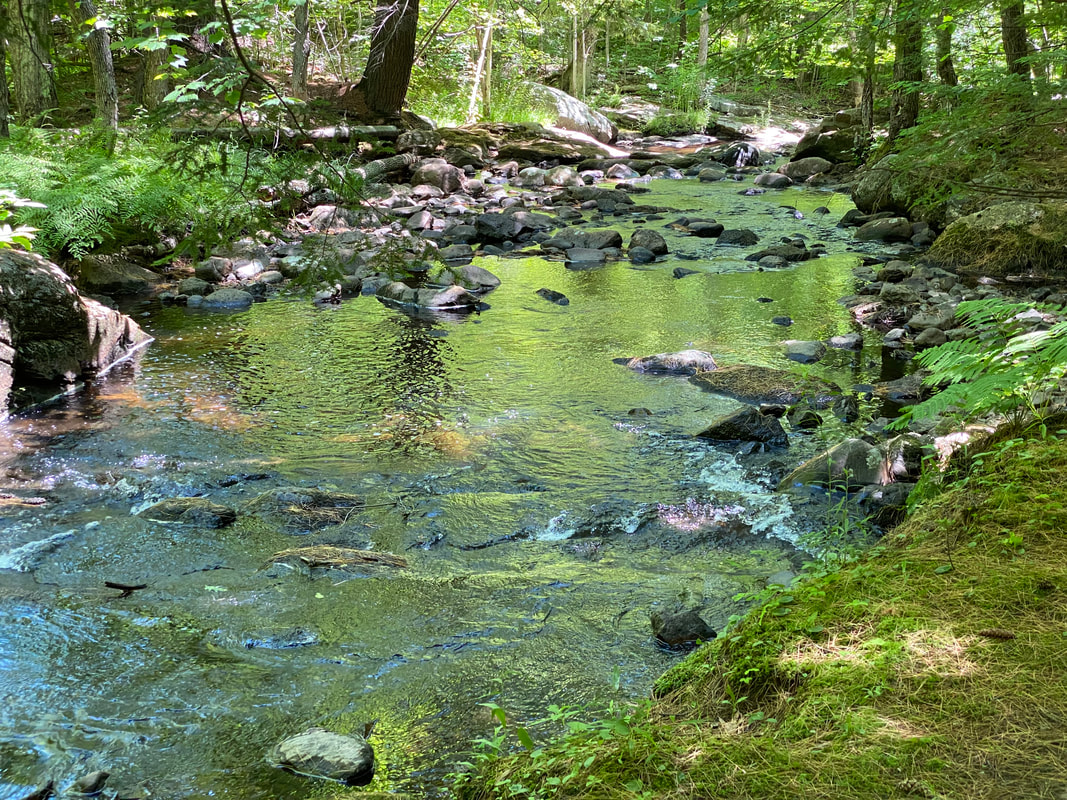
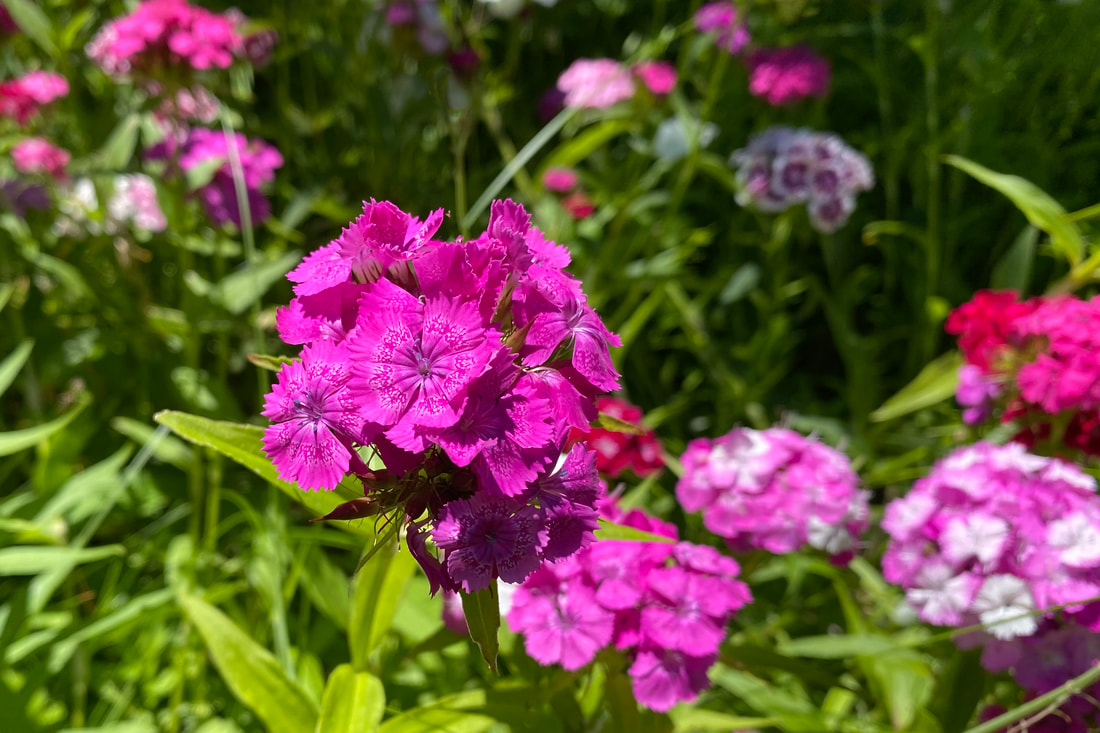
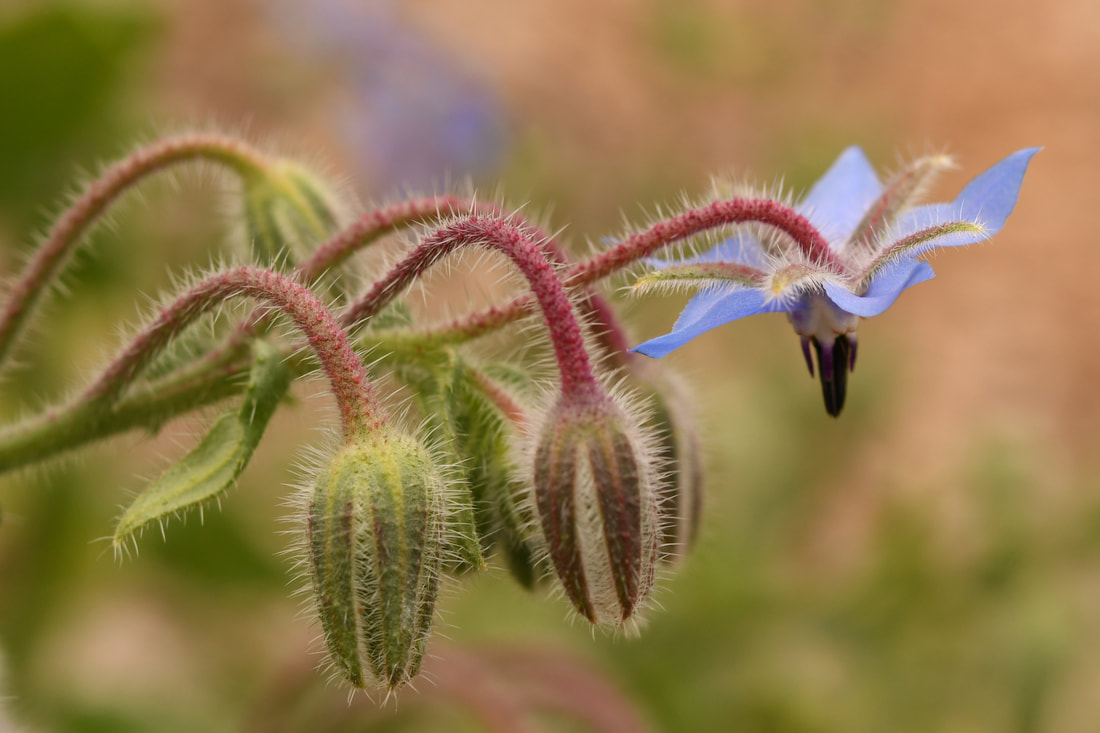
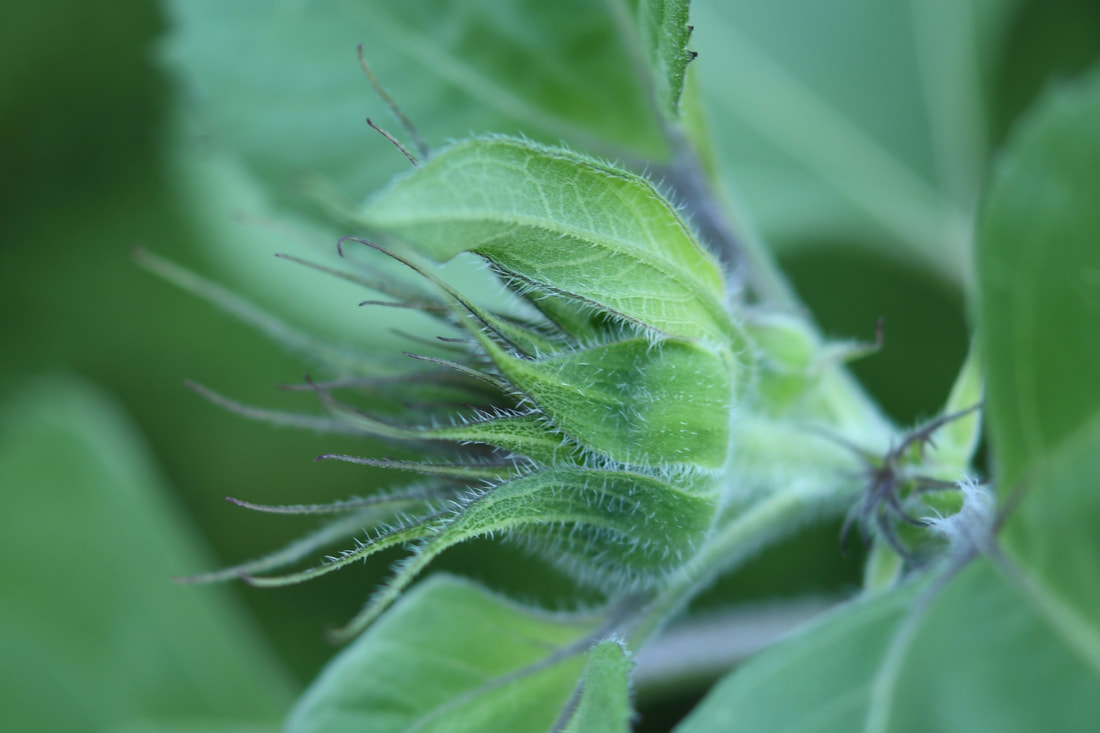
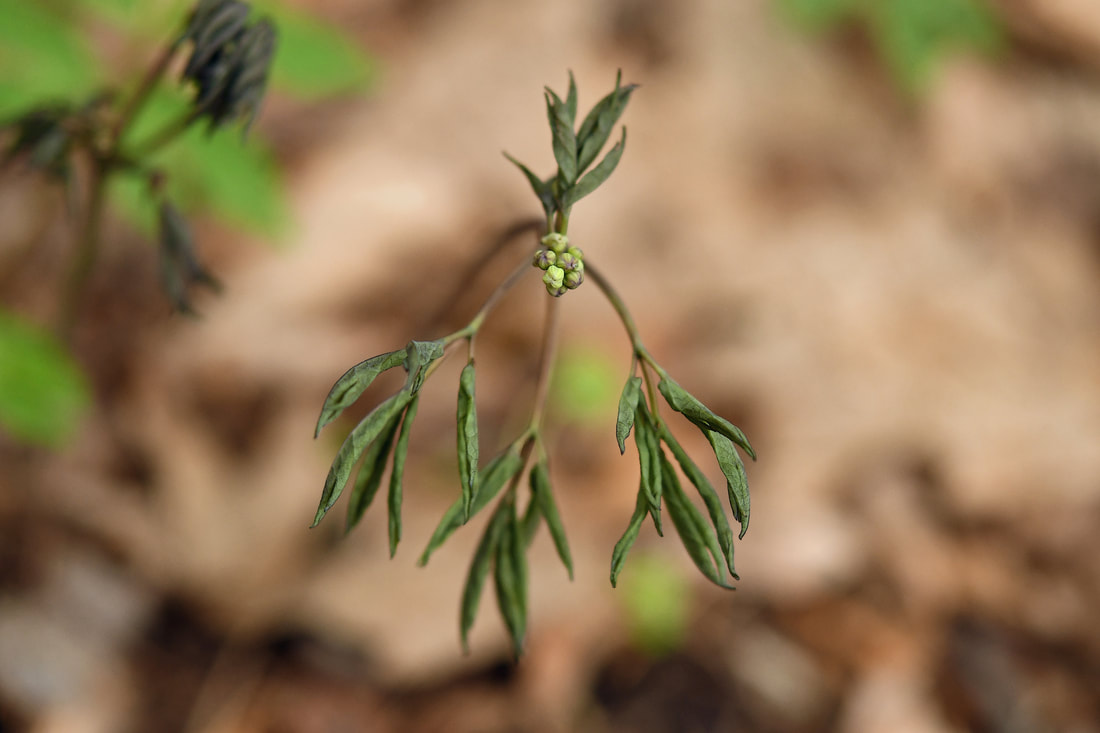
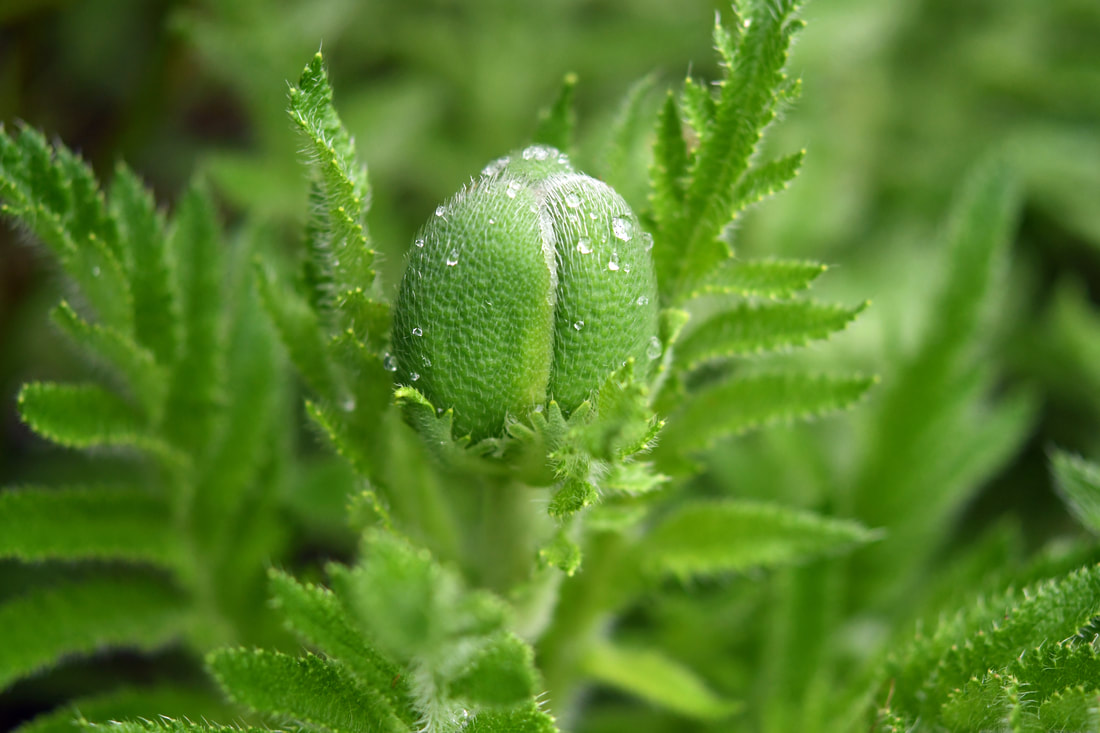
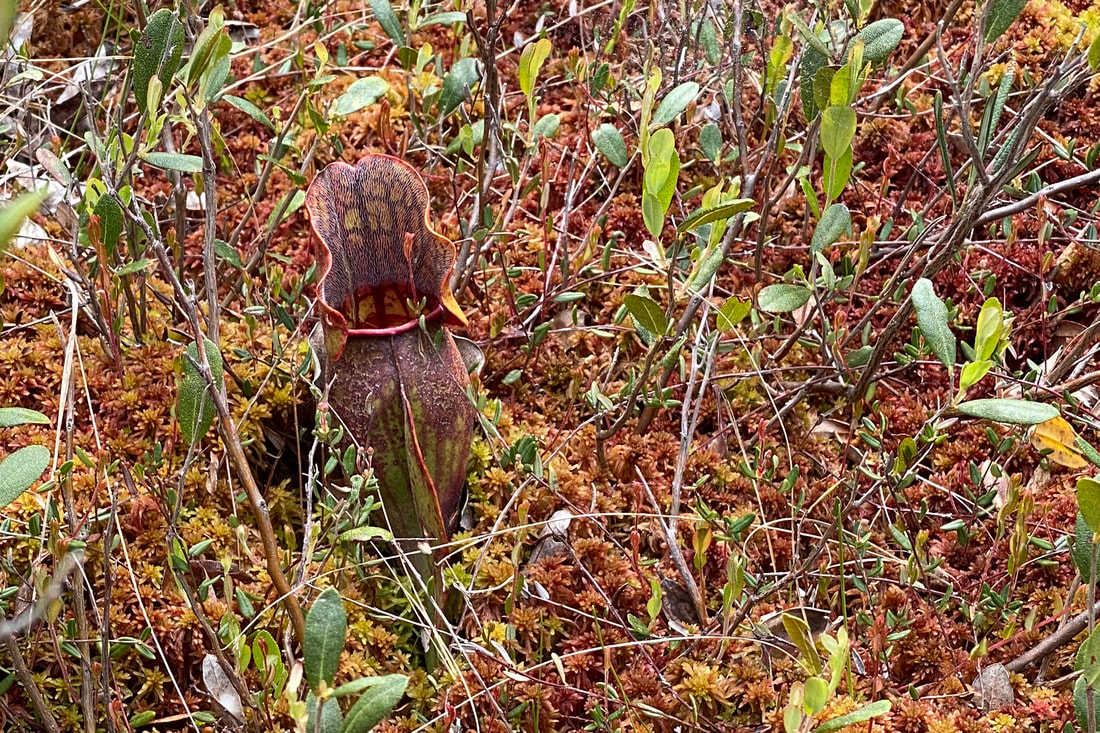
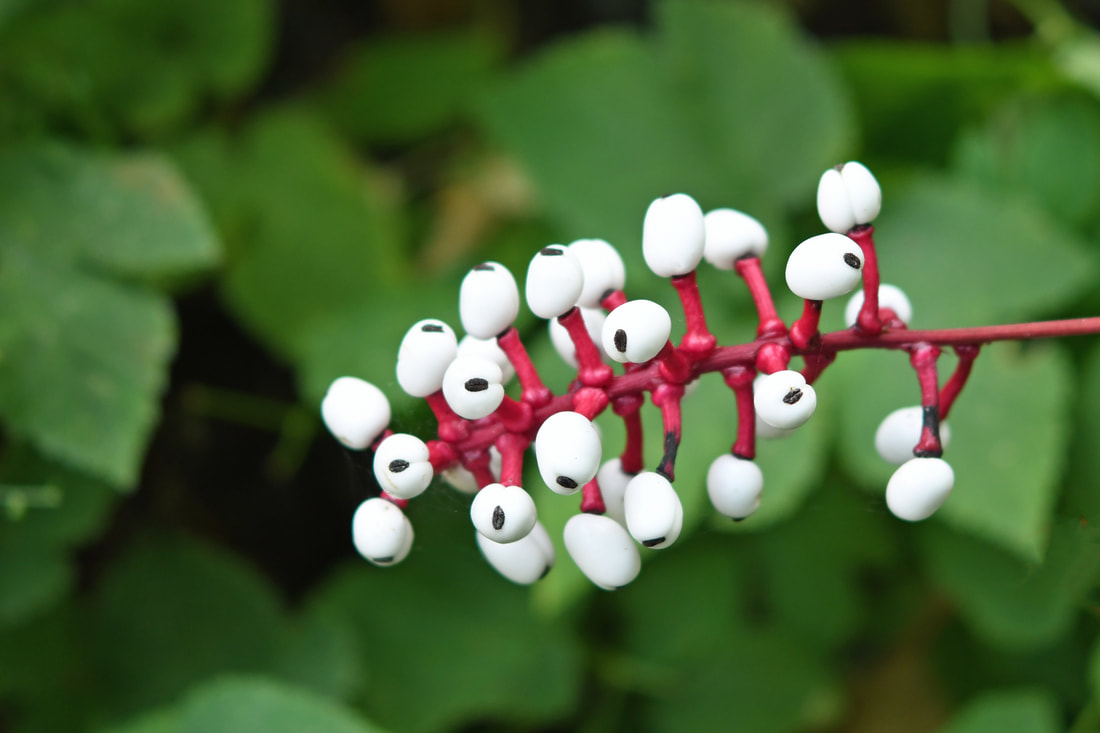
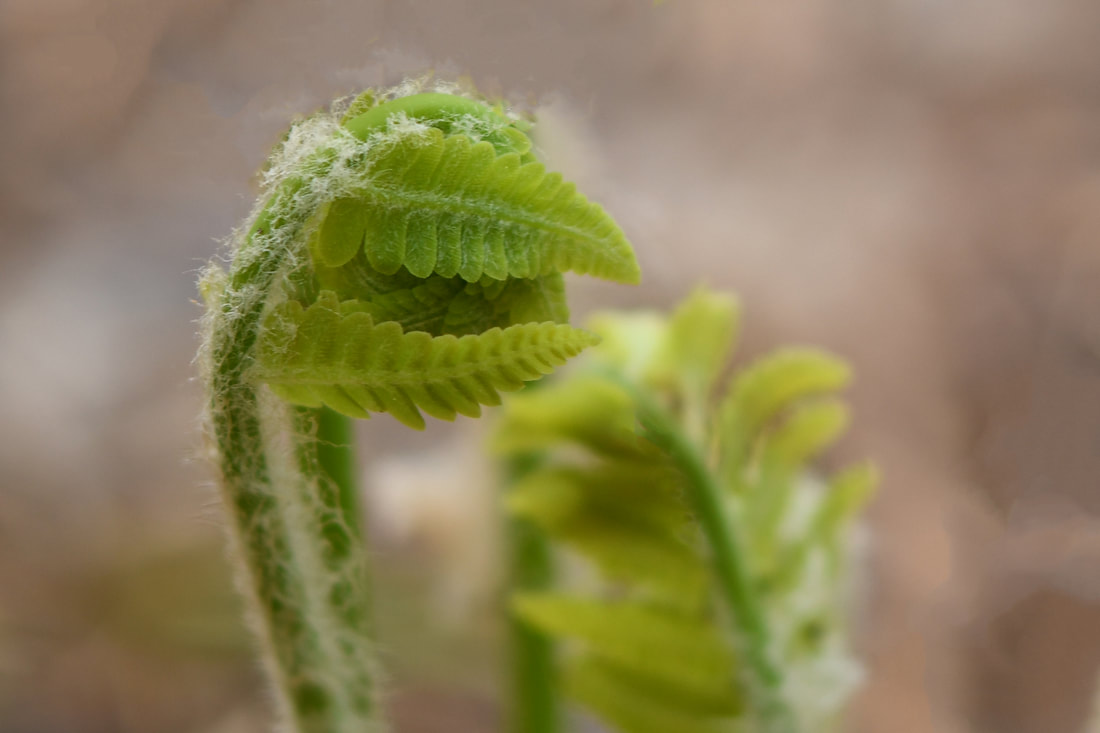
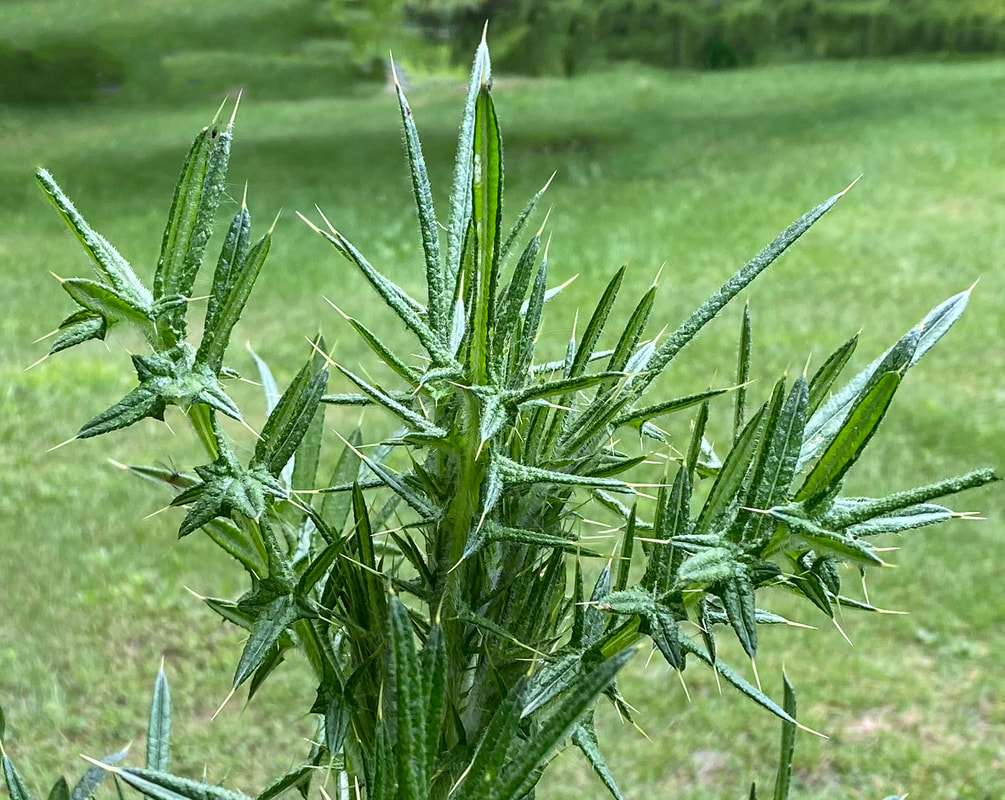
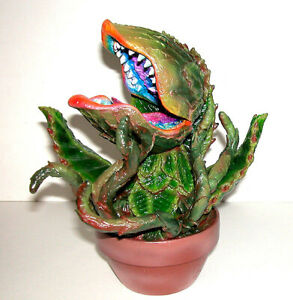
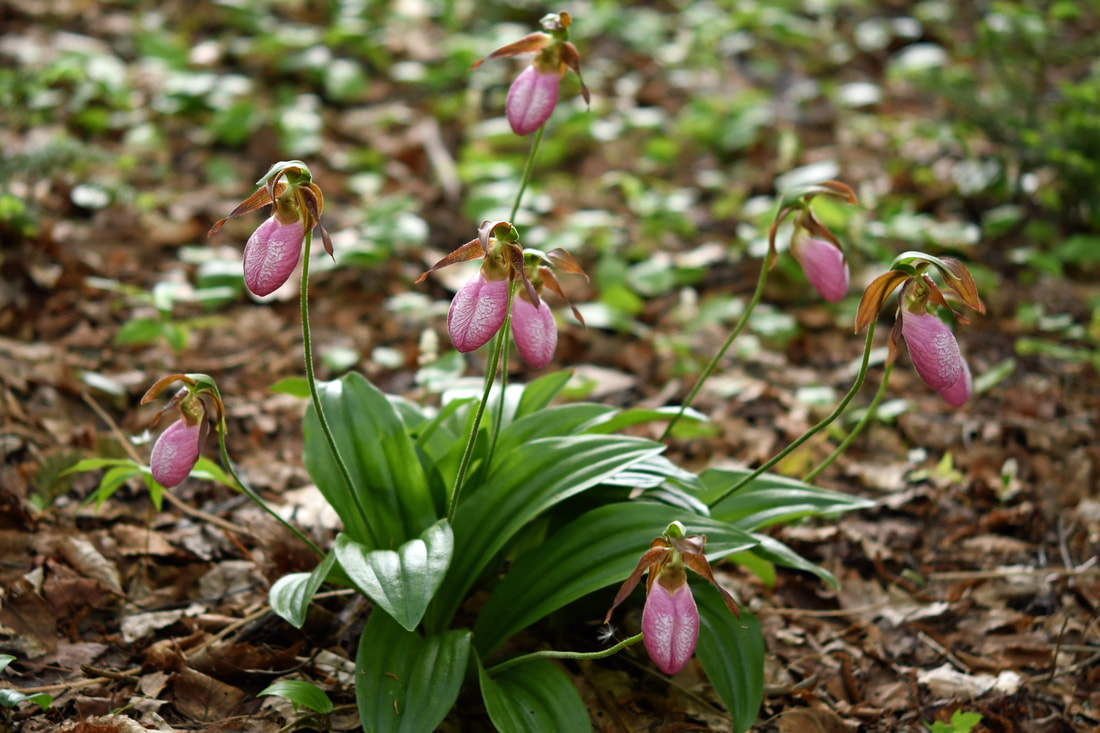
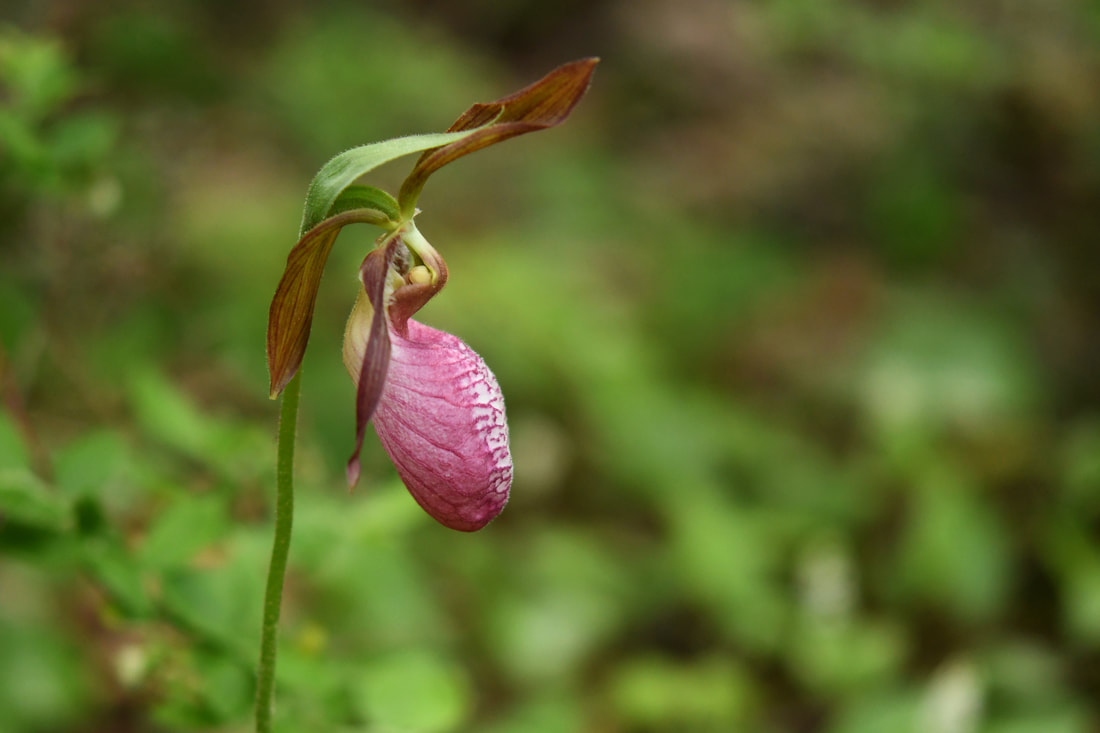
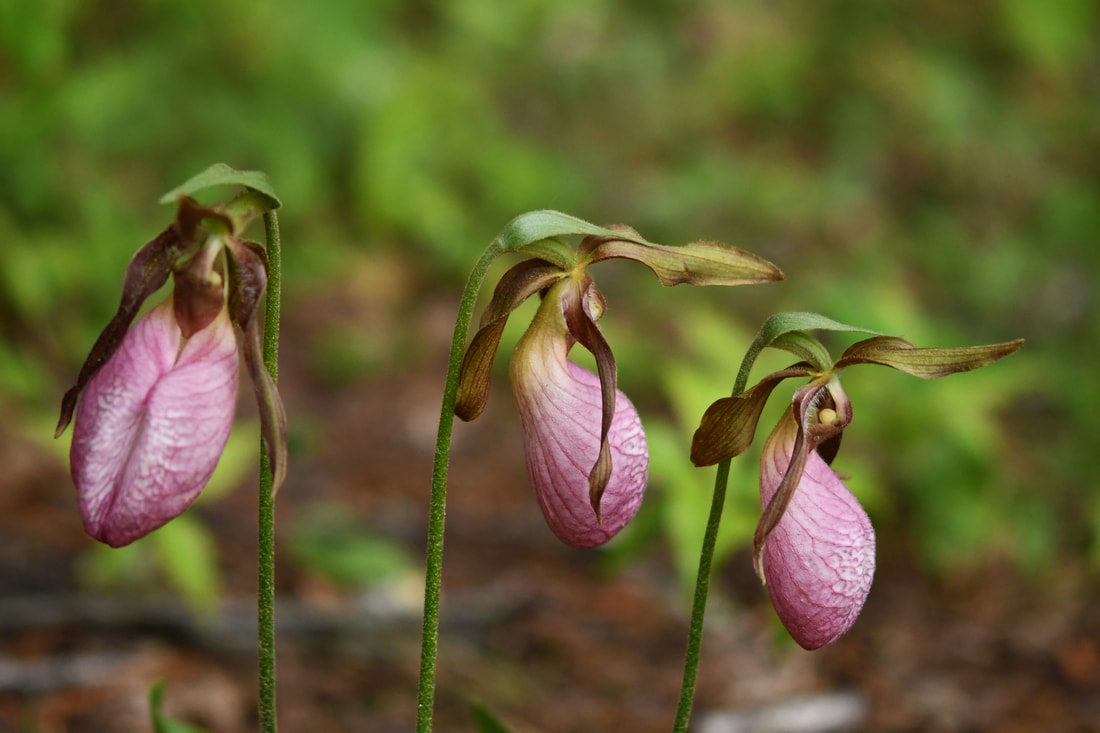
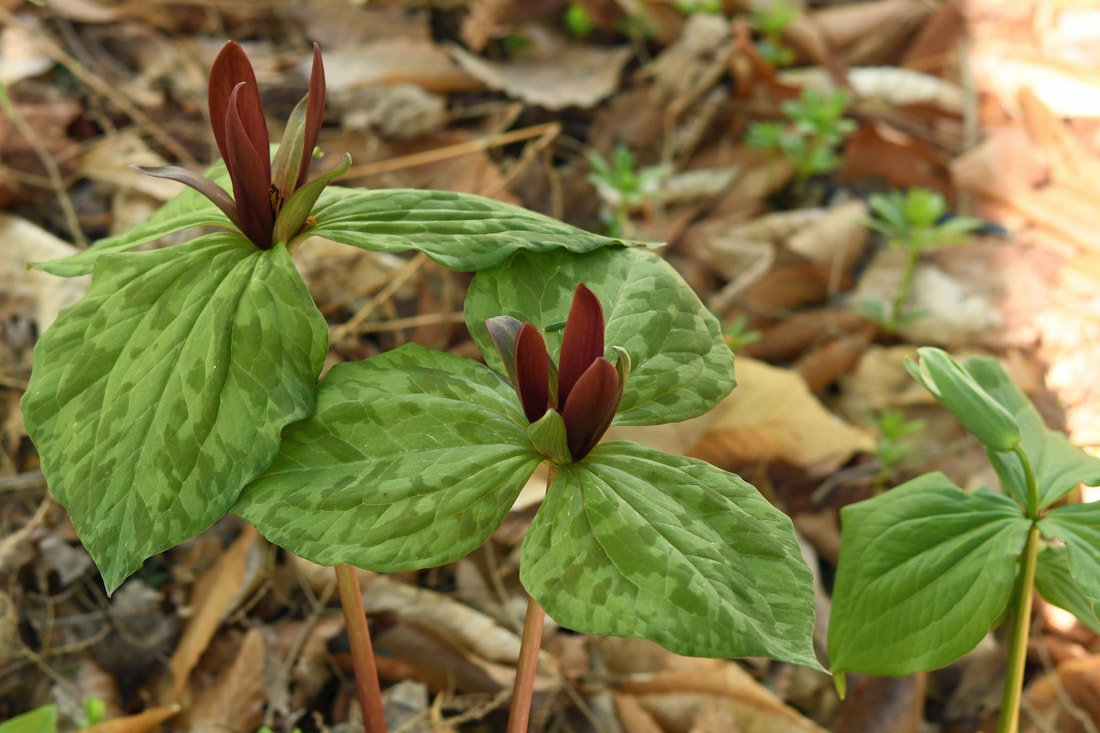
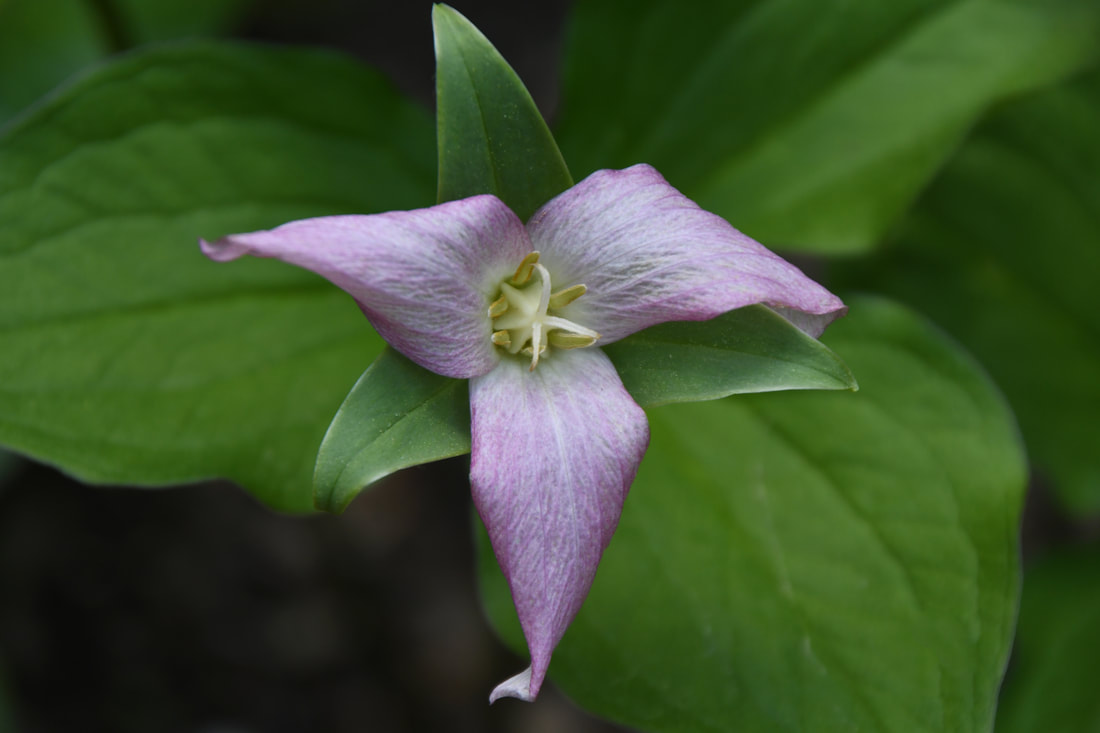
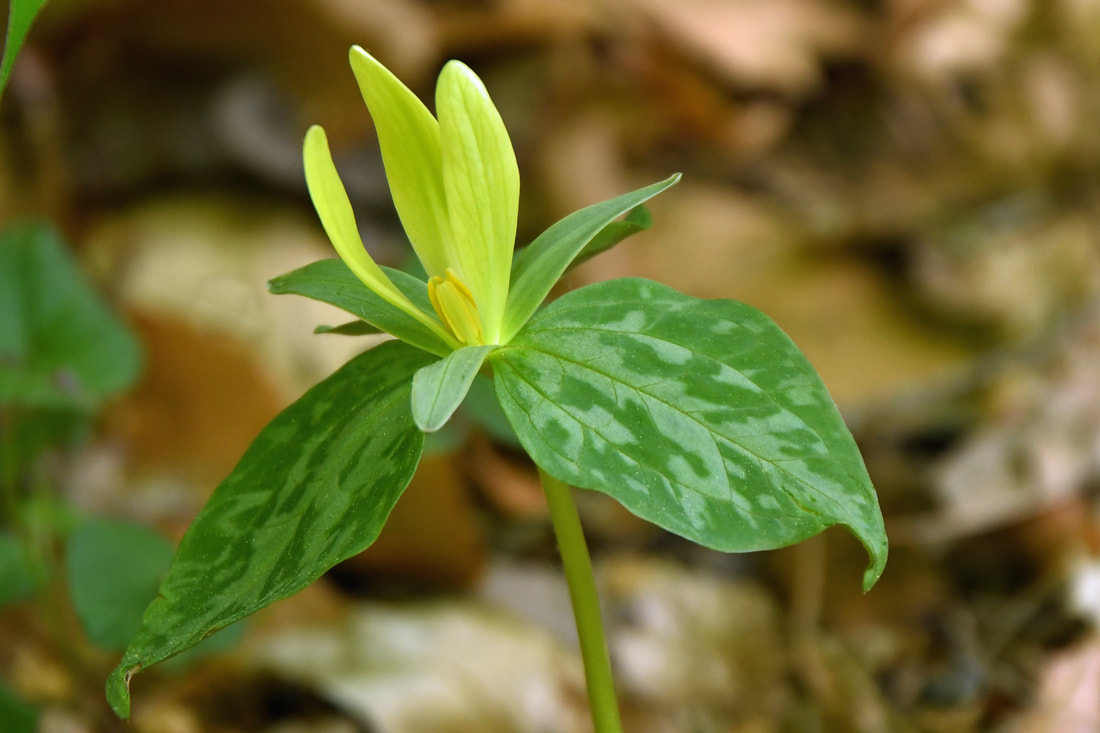
 RSS Feed
RSS Feed